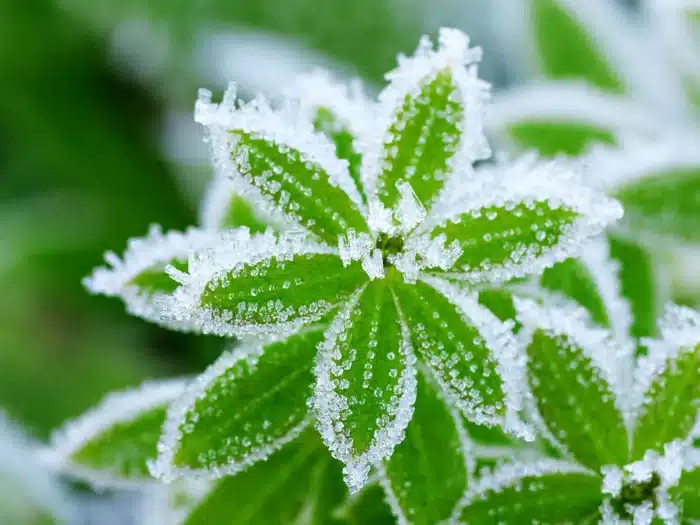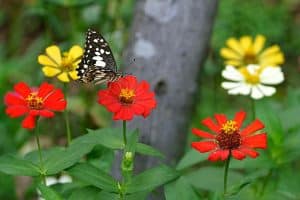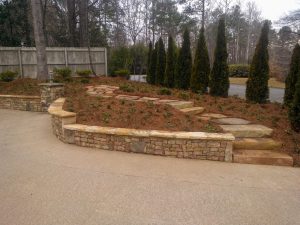A hard freeze warning strikes fear into the hearts of both professional and amateur gardeners each winter. Especially in the normally mild South, where freezing temperatures often result in frost damaged plants.
In December of 2022, the Atlanta area endured two days where temperatures neared record lows. Many shrubs sustained damaged leaves and defoliation.
Do they look terrible? Yes. Are they dead? They may not be.
(Contributor: Valerie VanSweden, Landscape Designer)
Identifying Signs of Freeze Damage
Frost damaged plants aren’t difficult to identify. However, the signs of freeze damage don’t look the same for every plant type.
Atlanta falls into Zones 7 and 8 on the USDA Hardiness Scale. Our long hot summers and relatively mild winters mean that we are fortunate to enjoy a wide range of plant life. This includes several hardy tropical and subtropical varieties. Hardy hibiscus, banana plants, canna lilies, lantana, and even some palm varieties thrive in our mild climate.
After a hard freeze, tropicals and subtropicals will show significant cold damage. They may appear shriveled, like a plant that needs water. Additionally, their foliage will likely turn brown or purple before falling off entirely.
Broadleaf evergreens such as gardenia and camellia may show leaf discoloration or even partial defoliation.
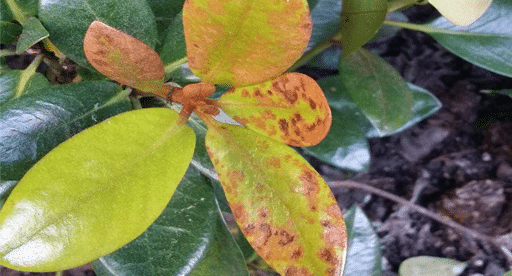
Recovery After a Hard Freeze
Examining your landscape after temperatures drop below freezing might lead you to suspect the worst. Your frost-damaged plants look lifeless. It’s tempting to remove smaller plants or cut back what appears to be dead.
However, the best course of action is to remain patient. Restrain yourself from taking action until warmer weather arrives. There’s an excellent chance that they are alive and will leaf out in spring.
Woody Plants
You can check the health of woody plants by scratching the bark on the stems. If it’s green underneath, the plant is alive. Give it time.
Once leaves emerge fully, then assess the damage. Cut out the branches that haven’t leafed back out.
Perennials
Cold hardy perennials such as creeping phlox and day lilies should be able to weather a freeze or hard freeze. Caladiums, purple fountain grass and other tender plants may struggle, or fail to return.
Wait to trim woody perennials like butterfly bush until new growth emerges in the spring. If leaves appear lower on the bush than normal, remove the dead growth above.
Cool Season Annuals
Your pansies and violas may appear limp and unhealthy. Try deadheading spent blooms.
Deadheading gives your bedding plants a cleaner look. It also encourages new blooms and helps the plant recover faster.
Groundcovers
There’s a good chance your liriope and mondo grass appear ragged after the cold weather. Trim them back to remove freeze-damaged foliage.
Getting rid of discolored or dead growth will both improve their appearance and ensure healthy growth during the growing season.
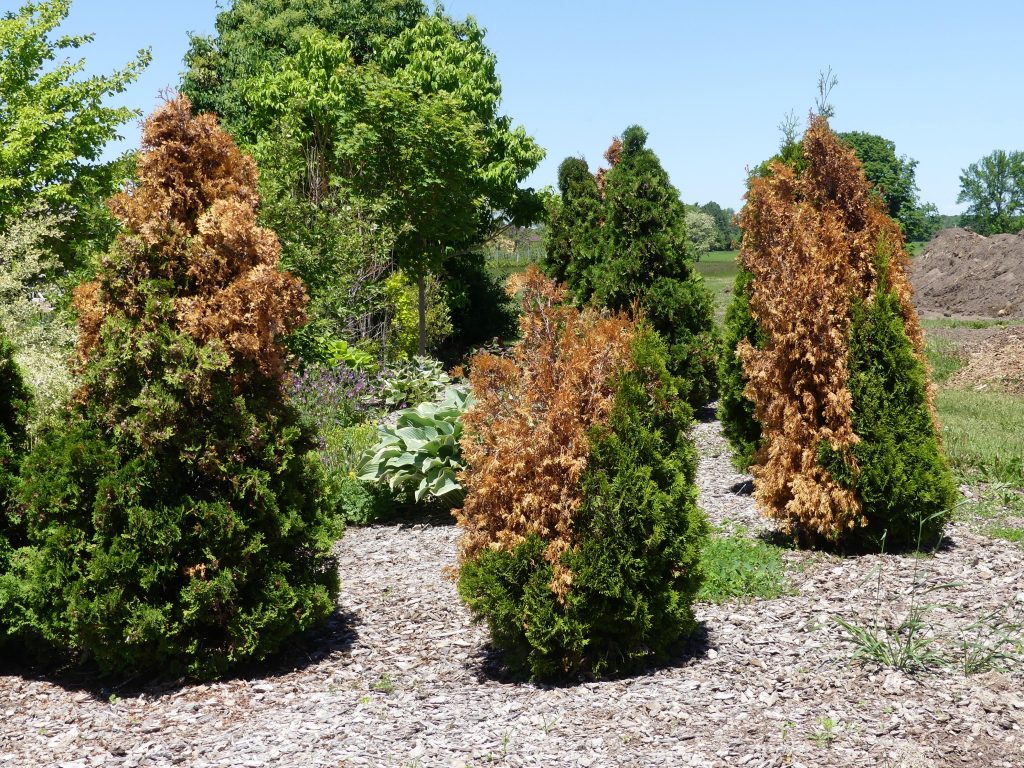
Fertilizer Supplementation
In addition to pruning and trimming, your cold-damaged plants will likely benefit from a fertilizer boost.
Large and/or evergreen shrubs in particular may need help coming back to full health. Replacing the leaves lost to freeze damage is a monumental job.
Have you ever wondered what the 3 numbers on the package of fertilizer represent? Here’s an easy way to remember: Up, Down, All Around.
16-4-8 is a high-nitrogen fertilizer that works well for non-blooming plants and shrubs to promote new growth. 24-8-16 fertilizer is ideal for flowers and blooming shrubs.
Two applications, 6 weeks apart will greatly aid nature’s efforts in restoring your plants to health.
Renewal Pruning
Now may be a good time to consider rejuvenation or Renewal Pruning, especially if your frost-damaged shrubs are overgrown. In late February through early March, hardwoods begin to emerge from dormancy.
During this time, sap carries energy up from the roots to nourish new leaves. By cutting down overgrown branches, more energy will go to the reduced branches’ dormant buds waiting to open.
Need help caring for your landscape? Contact the experts at Oasis Landscapes & Irrigation.

